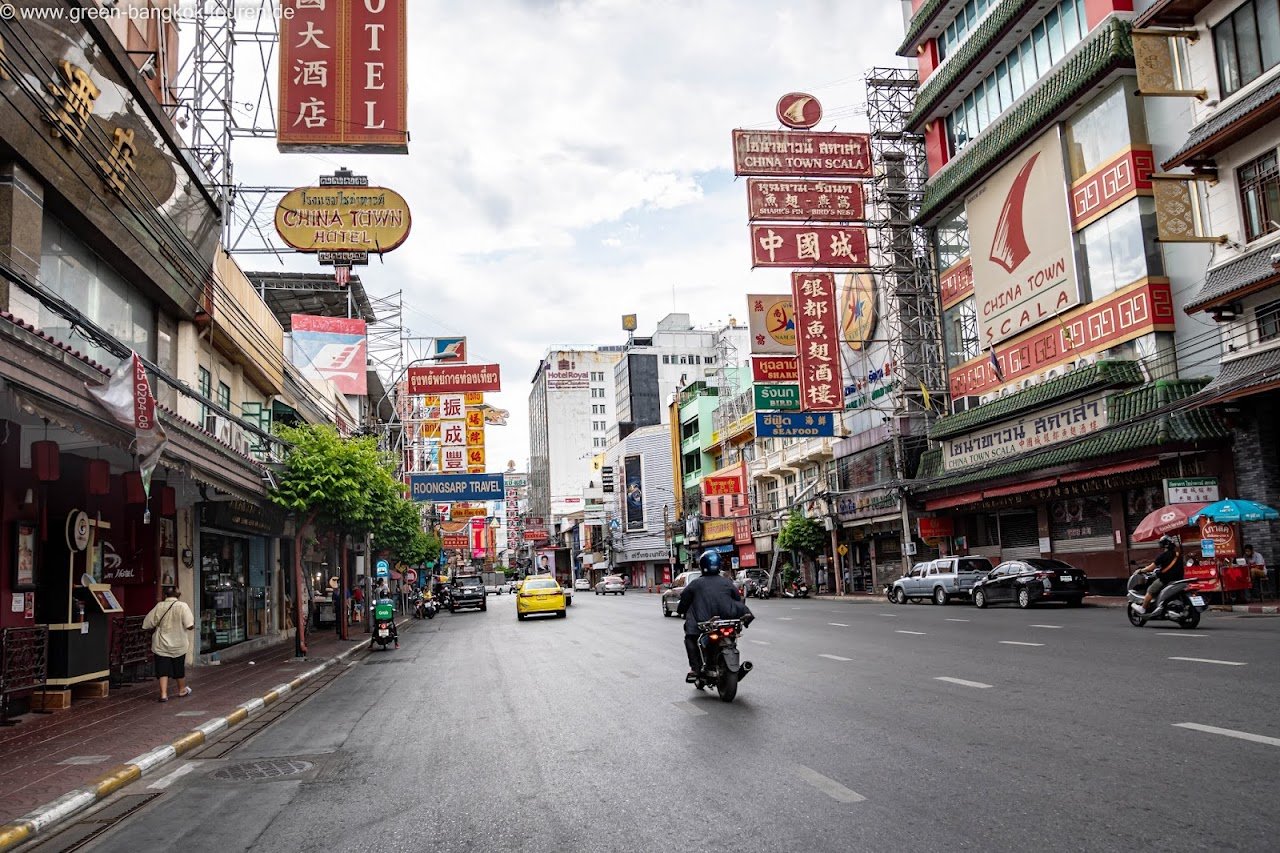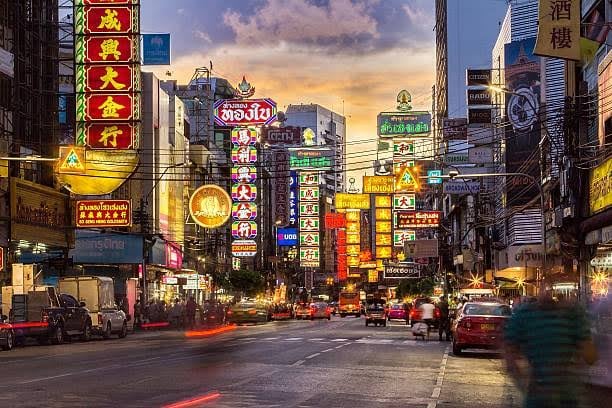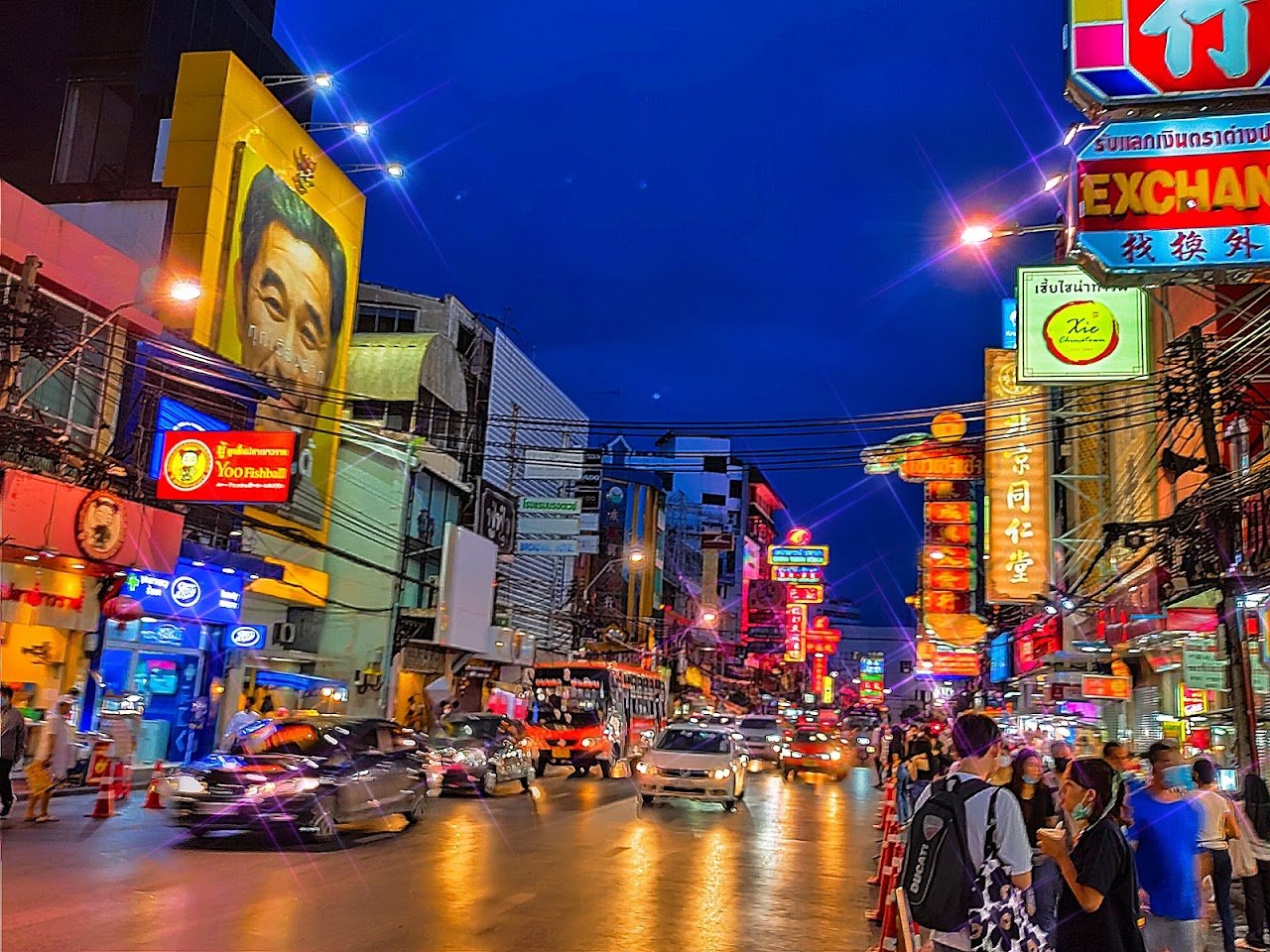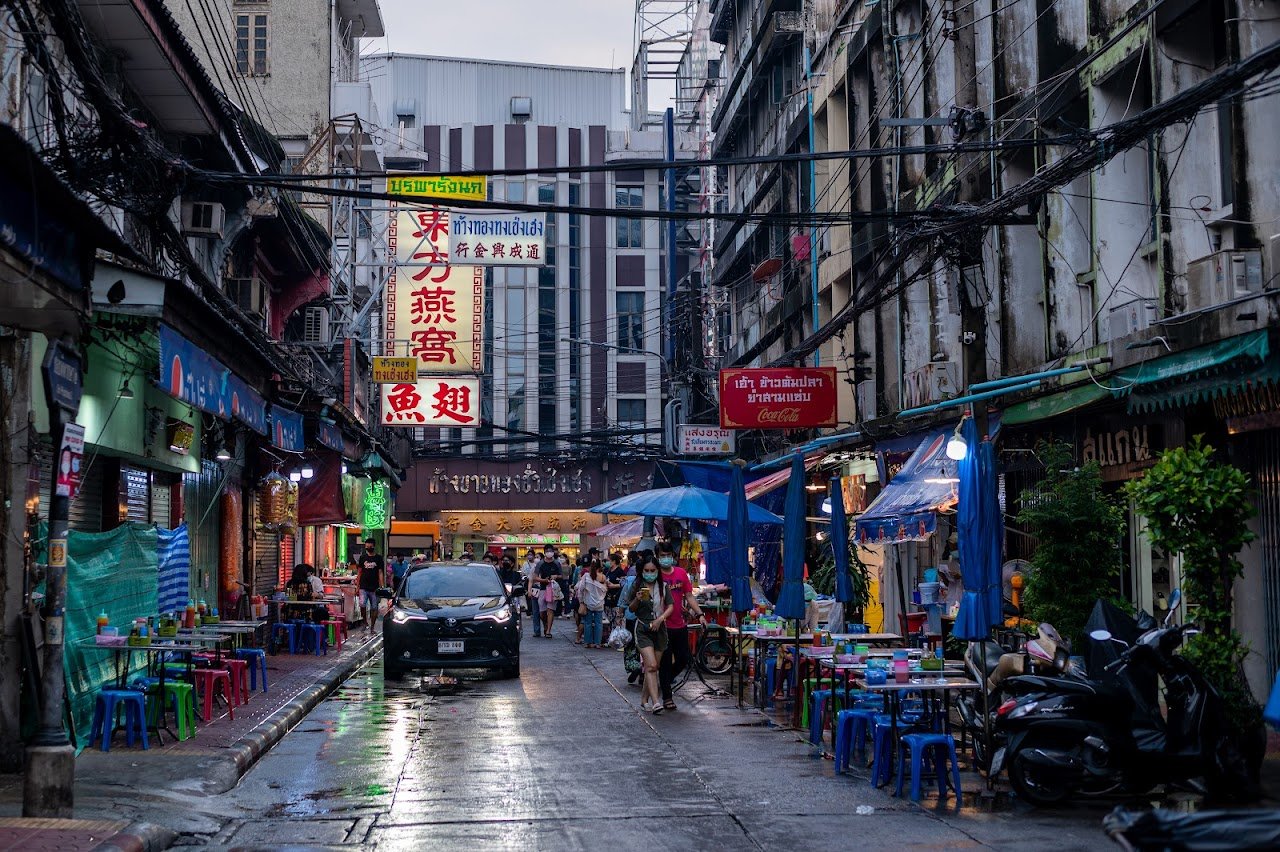Yaowarat Road





Ask ThatchGPT
Suggest a local expert to plan my trip
Suggest an unique itinerary for my Thailand trip
What foods do Thailand locals eat
What are some true hidden gems in Thailand
Help me brainstorm trip ideas for Thailand
Help me plan a family-friendly trip to Thailand
What people say
Pedro Pereira
Available for hire
"Yaowarat Road, often referred to as the heart of Bangkok’s Chinatown, is a bustling thoroughfare that has played a pivotal role in the city’s commercial life for over a century. Stretching about 1.5 km through Samphanthawong District, the road is renowned for its vibrant mix of shops, eateries, gold stores, and Chinese cultural landmarks. Yaowarat’s history dates back to the late 19th century when King Rama V ordered its construction in 1891 to help organize and expand the growing Chinese community that had settled along the west bank of the Chao Phraya River.
Originally, the area was a network of rice fields and canals, but as the Chinese community’s influence grew, so did the need for proper infrastructure. Yaowarat, which was initially named "Yuppharat Road," was eventually renamed in honor of Prince Vajirunhis, the first son of King Rama V. The road's construction took almost a decade, from 1892 to 1900, and was designed to avoid the already established residential areas. It became the main commercial center for Chinese traders who were engaged in maritime trade between Siam and China.
Yaowarat is often called the "Golden Road" due to the large number of gold shops that line its streets, making it one of the most prominent gold trading hubs in the world. By 2002, the area was home to 40 gold shops, contributing to its reputation as a global gold market. In addition to gold, the area sells a wide range of products, including textiles, garments, foodstuffs, antiques, and electronic goods.
Over the years, Yaowarat has also evolved into a major culinary destination. At night, it transforms into a vibrant "food street," where street vendors and restaurants serve an array of Chinese and Thai delicacies, attracting locals and tourists alike. It is particularly popular during Chinese New Year celebrations, when the street becomes pedestrianized for parades, performances, and festivities.
Yaowarat’s importance extends beyond commerce and food; it has also been a focal point for cultural and political events. In 1946, King Rama VIII and his younger brother, Prince Bhumibol, visited the area, marking a significant moment in Thai-Chinese relations. Today, Yaowarat remains a vibrant and dynamic part of Bangkok, with its blend of old-world charm and modern commercial activity.
The road itself is flanked by notable landmarks such as the Odeon Circle, which marks the entrance to Chinatown, and is close to other streets like Charoen Krung and Phahurat. Yaowarat is well-connected by public transport, including several bus lines and the nearby MRT Subway at Wat Mangkon Station.
In addition to its commercial and cultural significance, Yaowarat has faced challenges, such as the 2024 fire in the Trok Pho community, but it continues to be one of Bangkok’s most iconic streets, reflecting the enduring legacy of the Chinese community in the city."
Read more in:
Federica Rustico
"Go at night. You’ll experience a sensory overload—in the best way. The street food here is out of this world, and you’ll definitely want to try the famous mango sticky rice."
Read more in:
Irina Bernal
"The heart of Bangkok's Chinatown."
Read more in:
Mentioned in these guides
About Yaowarat Road
Get the inside scoop on Yaowarat Road from local experts, travel creators, and tastemakers. Browse genuine trip notes, Yaowarat Road reviews, photos, travel guides, and itineraries from real travelers and plan your trip with confidence.
Save this spot for later or start mapping out a new trip today
Try our AI Travel Assistant and get instant answers to any questions about your trip.
Ask ThatchGPT


